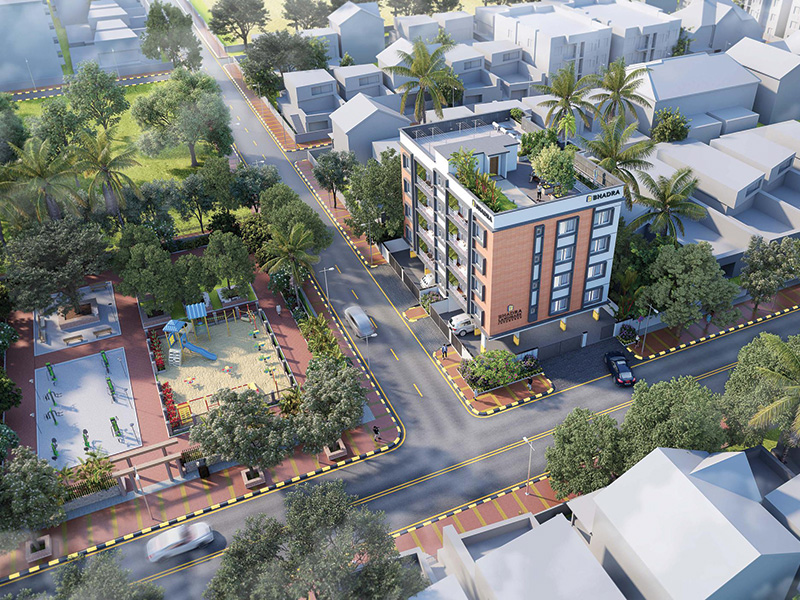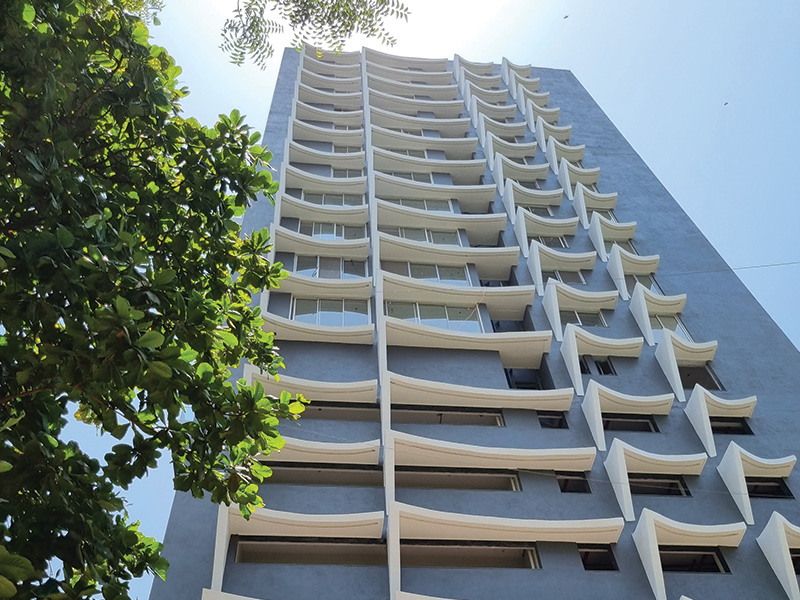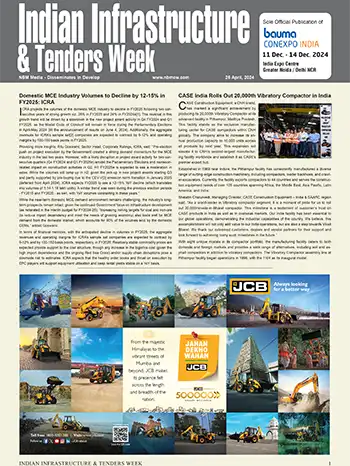What are the challenges in transitioning to low-carbon construction methods?
As a sector contributing to the Government of India’s Housing for All initiative, it becomes imperative for developers to keep costs in check while offering state-of-the-art projects built sustainably. However, transitioning to low-carbon construction methods can present several challenges for contractors including cost considerations, limited availability of sustainable materials, skills and knowledge gap, regulatory and code compliance, integration of new technologies, among others.
Measures such as adopting prefabrication and modular construction techniques, minimising waste generation, recycling construction and demolition (C&D) waste, embracing circular economy principles, designing buildings and infrastructure with a focus on material efficiency, durability, and adaptability, can contribute to low carbon construction.
What sustainable practices is your company following?
When designing projects, we focus on energy efficiency, water conservation, and use of renewable materials. We opt for low-carbon materials and construction techniques that reduce emissions during the construction process. We also explore alternatives to cement such as fly ash and recycled content that have a lower carbon footprint, and we implement sustainable waste management practices, including recycling and reuse of materials. We design buildings that optimise natural light and ventilation, utilise green building materials, and employ energy-efficient technologies such as solar panels and LED lighting. Other measures include use of advanced insulation materials, high-efficiency HVAC systems, and smart building management systems to reduce energy demand and carbon footprint.Is the company also undertaking waste management?
Waste is a potential resource, and the construction industry can play a crucial role in waste management by adopting practices and technologies that convert waste into reusable resources. At Vaishnavi, we have implemented a robust waste segregation system on our construction sites to separate different types of waste such as wood, concrete, metal, plastic, and packaging materials. By partnering with recycling facilities, we are ensuring that the segregated waste is processed and recycled into new building materials or products. This helps reduce the demand for virgin resources and minimises the amount of waste sent to landfills.The Vaishnavi Group has ingrained sustainable practices across the value chain over the years and has devised various methods to contribute to India’s climate action strategy.
Darshan Govindaraju
How can the construction industry be incentivised to follow emission reduction norms and practices?
Introducing a carbon credit policy specifically tailored for the construction industry can be a beneficial step towards incentivising emission reductions and promoting sustainable practices. Such a policy would recognise the unique characteristics of the construction sector and provide targeted mechanisms to measure and reduce emissions.Establishment of Emission Measurement and Reporting parameters to develop standardised carbon emission calculators for various construction activities, building types, and project sizes, will serve as reference points to measure emission reductions. Here, it is important to collaborate with construction companies, architects, engineers, and sustainability experts. These calculators should accurately measure emissions throughout the project lifecycle, including construction, operation, and end-of-life phases.
Furthermore, companies should engage independent third-party auditors or certification bodies to verify emission data and assess the implementation of sustainable practices. Certifications such as LEED (Leadership in Energy and Environmental Design) or BREEAM (Building Research Establishment Environmental Assessment Method) can be used as benchmarks to evaluate the sustainability performance of construction projects.
In addition to this, providing financial incentives, grants, or tax benefits to construction companies that actively reduce their carbon emissions and participate in emission reduction projects will encourage widespread adoption.
















